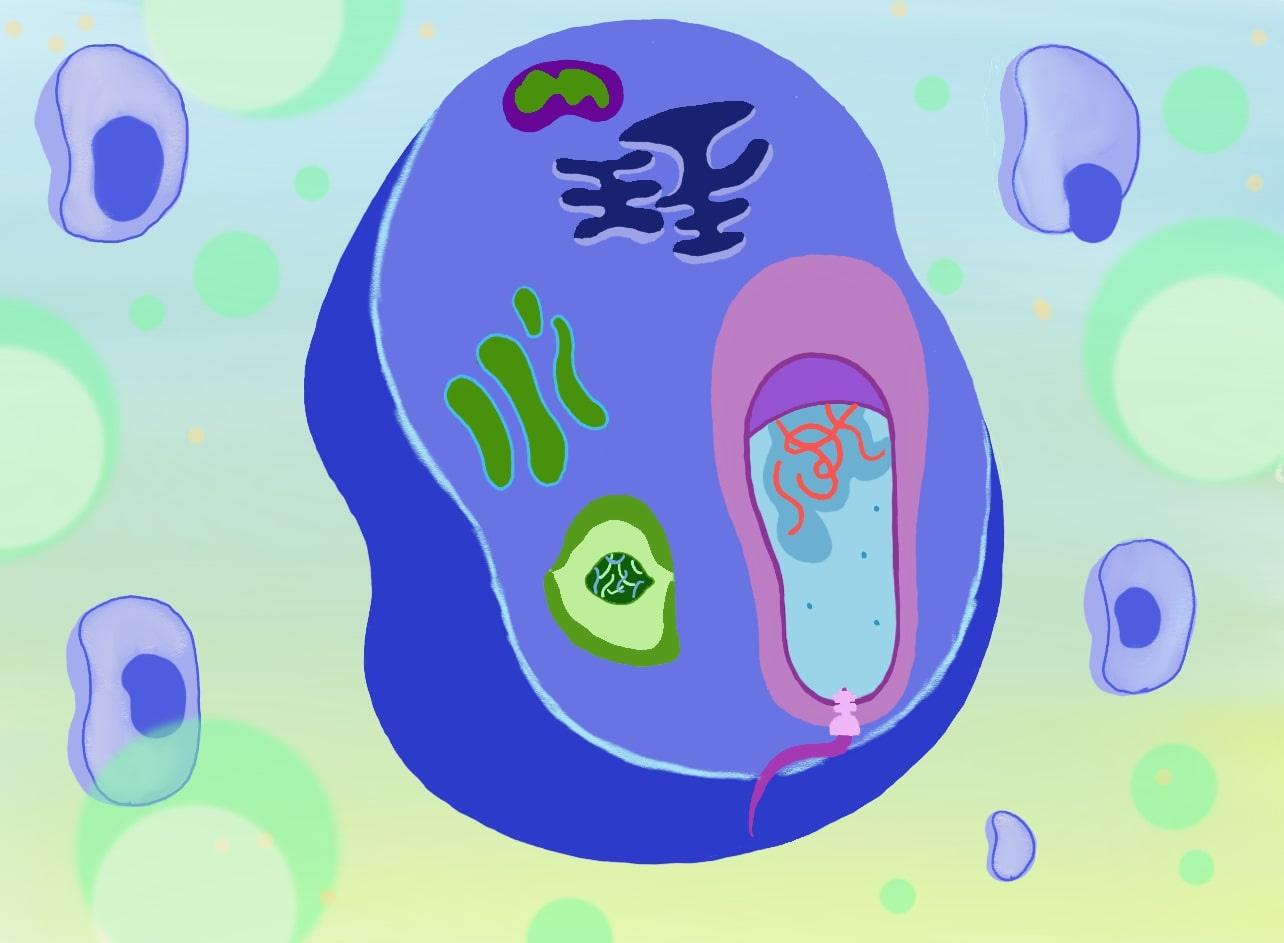
1 minute read
ENDOSYMBIOTIC THEORY: HOW A LITTLE PROKARYOTE BECAME A EUKARYOTE
from Winter 2023 Edition
by scienceholic
Author: Jessica Zhang
Editors: Emily Chen and Ivan Feng
Advertisement
Artist: Daisy Zheng
During your senior high school curriculum, your biology teacher may have mentioned that while organelles typically have either one or no membrane, mitochondria and chloroplast are the only organelles with double-membrane structures Many theories have been proposed to explain their particular properties, and among those, Endosymbiosis is the most commonly accepted theory.
Endosymbiosis assumes that eukaryotes (cells having a nuclear envelope, mitochondria, endoplasmic reticulum, and other internal structures that prokaryotes lack) evolved from their prokaryotic ancestors by engulng small, once-free-living prokaryotes
Throughout the engulng process of phagocytosis, the cell membrane of endosymbiotic host cells folds inward and forms vesicles that surround the prokaryotes The vesicles, along with the single membrane of prokaryotes combine to create a double-membrane structure Rather than being digested or killed off by the host cell, the inner cells would eventually survive and develop a mutually benecial relationship with the host. Within said relationship, the endosymbionts (the inner cells) will generate energy for the host cell and in turn, the host would provide raw materials for energy synthesis as well as a comfortable and safe environment for the endosymbionts Over time, the host and the endosymbionts










